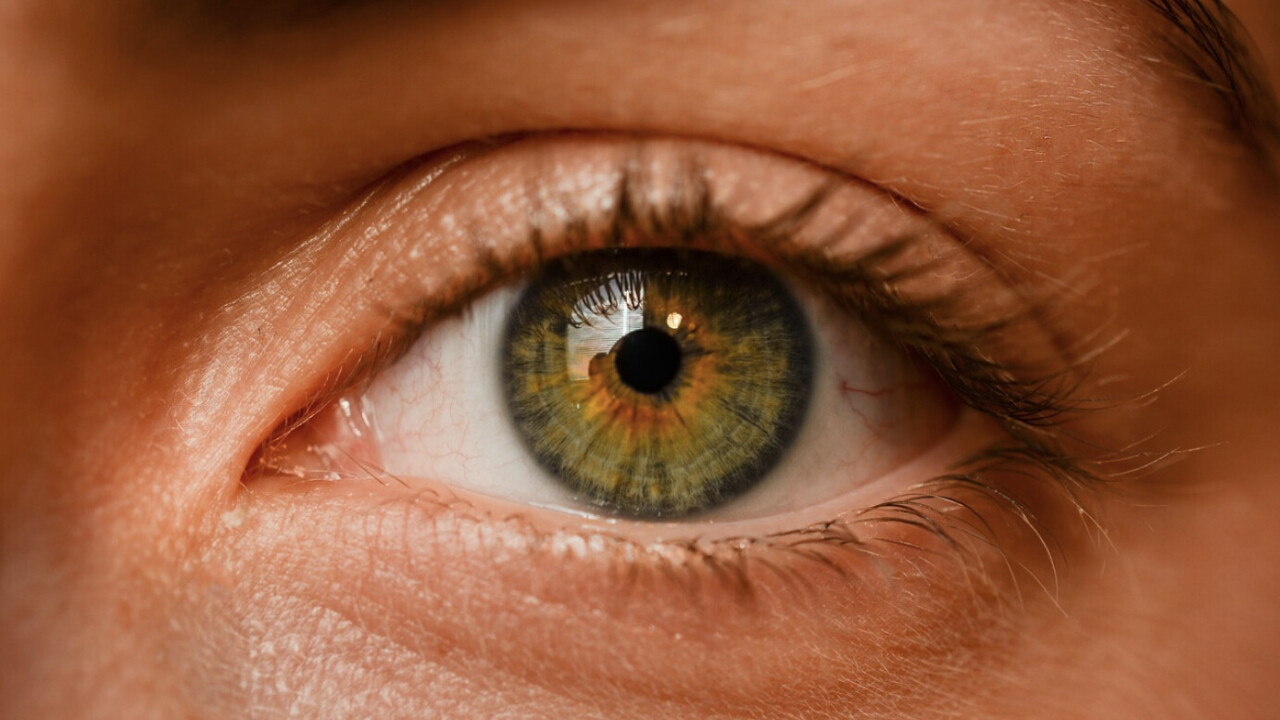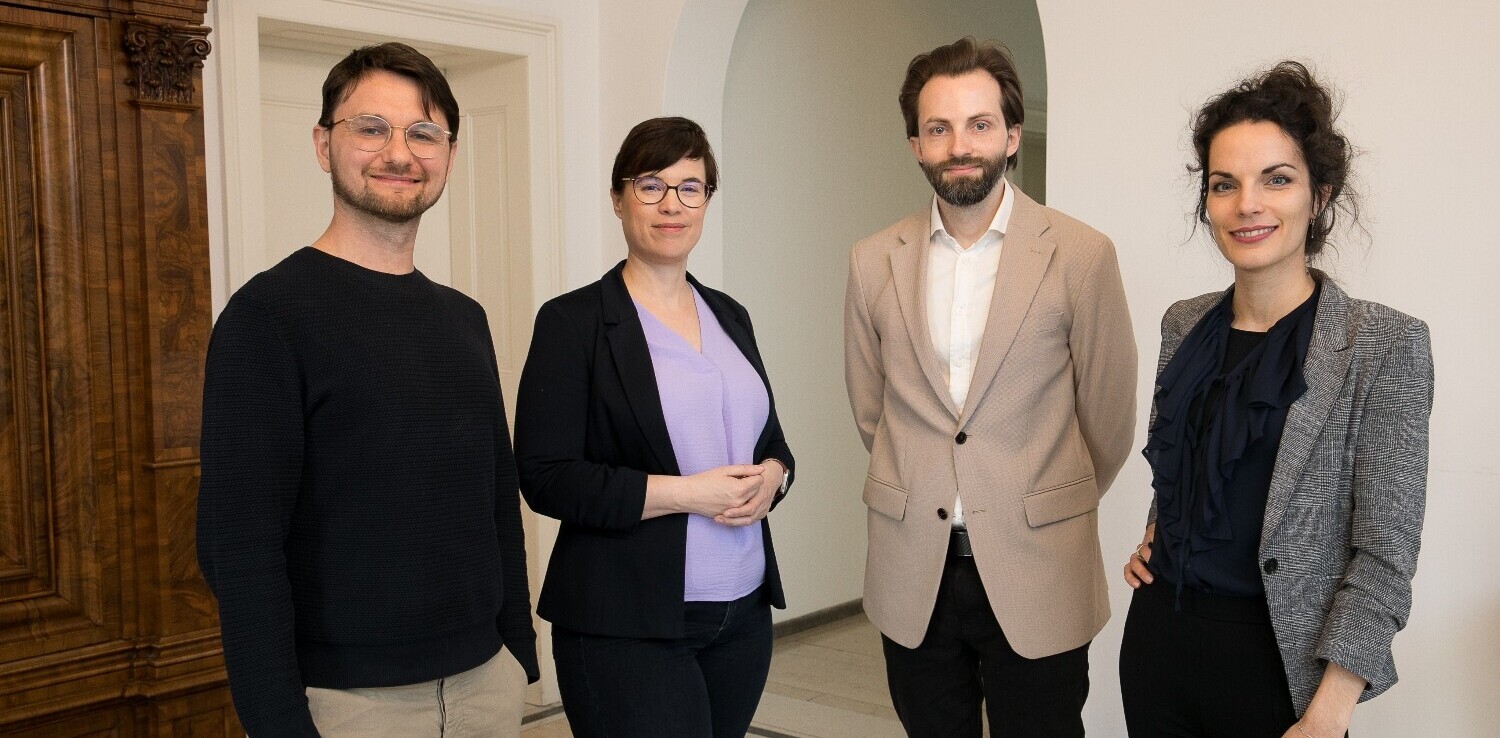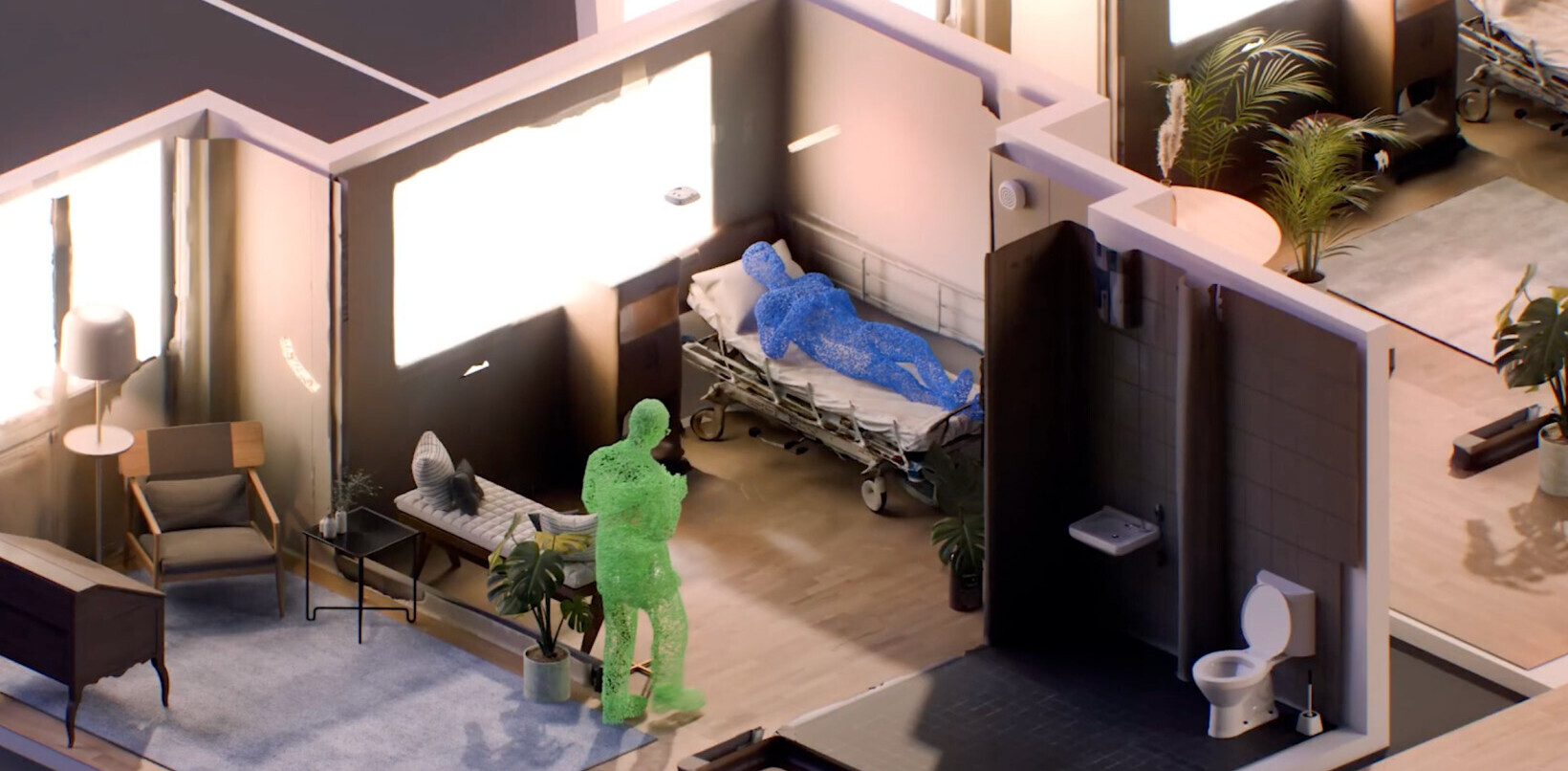
It’s a common saying that the eyes are the windows to the soul. Now, researchers claim that they can also reveal deepfakes with the help of tools that study galaxies — by looking at eyeballs.
According to the research by Adejumoke Owolabi, master’s student at the University of Hull in the UK, it’s all about how the light is reflected in the eyes.
Working together with Kevin Pimbblet, astrophysics professor and director of the Centre of Excellence for Data Science, Artificial Intelligence and Modelling, Owolabi compared real images with AI-generated deepfakes. To analyse the reflections of light in they eyes of both groups, the team used two astronomy tools: the Gini Index and the CAS system.
The Gini Index measures the concentration of light within a picture of a galaxy based on pixels. Depending on whether the Gini value is 0 or 1, researchers can identify if a galaxy’s structure is smooth or clustered — indicating the shape of elliptical or spiral galaxies, respectively.
Similarly, the CAS system enables astronomers to measure the light distribution in galaxies in order to identify their morphology.
The team used both tools to compare the left and right eyeballs in the real and deepfake images. While the CAS system proved unsuccessful in determining deepfakes, they found that the Gini Index showed a telling difference.
If the light reflections in both eyes match, then it’s likely a real photo. If not, the results indicate a deepfake.

“It’s important to note that this is not a silver bullet for detecting fake images,” professor Pimbblet said.
“There are false positives and false negatives; it’s not going to get everything. But this method provides us with a basis, a plan of attack, in the arms race to detect deepfakes.”
The rapid rise of deepfakes comes with a series of serious risks: from fraud attempts to sexual harassment and political manipulation. Among efforts to combat related threats, it seems astronomy could also offer a potential solution.
Get the TNW newsletter
Get the most important tech news in your inbox each week.




